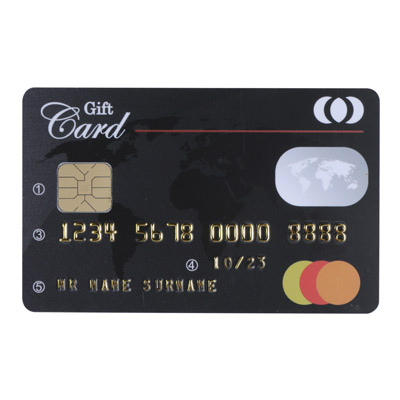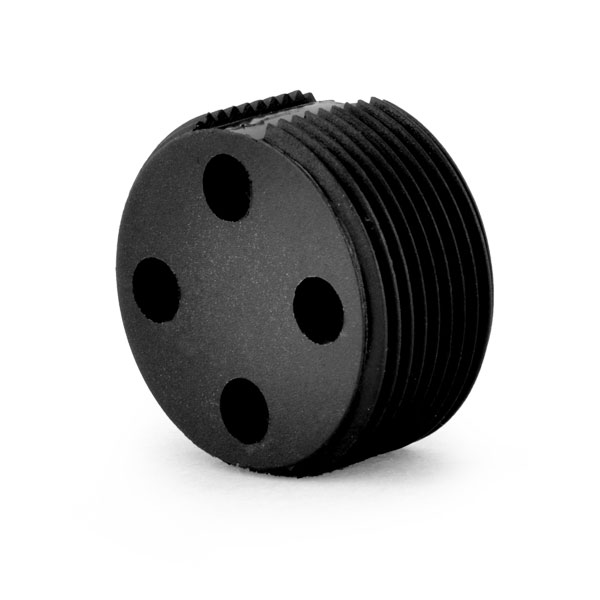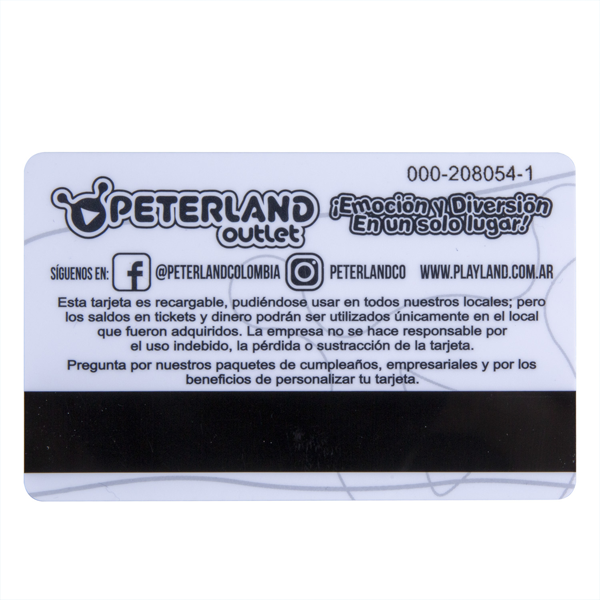1. Widespread use of RFID types of tags
RFID tags can be seen everywhere in life, mostly common in tickets, clothing, security and other industries. For applications in various industries, the selected types of these tags are also different, so let's take a look at the RFID types of tags together.
RFID tags are called radio frequency identification, commonly known as electronic tags. The contact type IC card uses radio frequency identification technology, namely RFID technology. Non-contact IC cards are also called RFID cards or electronic tags.
2. Several types of RFID tags
a. Electronic tags are divided into two categories: active and passive:
Source RFID, also known as active tag, is a type of electronic tag classified according to the different power supply modes of the electronic tag, and it usually supports remote identification. Electronic tags can be divided into active tags, passive tags and semi-passive tags. The active electronic tag is equipped with a battery, while the passive radio frequency tag isn't, and the semi-passive tag partly relies on the battery to work;
Passive RFID, whose radio frequency tag adopts the frequency hopping working mode, has anti-interference ability. Users can customize the standard data of reading and writing, which is more efficient in the special application system, and the reading distance can reach more than 10 meters. Passive radio frequency tags have 1024bits memory capacity and ultra-wide working frequency band, which not only meets relevant industry regulations, but also allows flexible development and application. It also can read and write multiple tags at the same time. The design of the passive radio frequency tag does not require a battery, and the memory can be repeatedly erased and written more than 100,000 times.
b. Electronic tags can be divided into the types of low frequency (LF), high frequency (HF), ultra high frequency (UHF), microwave (MW) according to different frequency:
The typical working frequency of a high-frequency card is 13.56MHz, which is the most mature and widely used card in China with many types.
The frequency of the low frequency card is generally below 135K Hz, and a typical ID card with the frequency of 125 Hz is widely used. This card has only one curing serial number that can be read by the device.
The typical working frequencies of ultra high frequency and microwave tags are: 433MHz, 900MHz, 2.45GHz, 5.8GHz, and the card reading distance can be up to 10m or more. Typical applications of such tags include: logistics and supply management, manufacturing and assembly, air baggage handling, mail, express parcel handling, document tracking, access control, electronic tickets, automatic road toll collection, etc. This type of tag technology is now an indispensable part of the Internet of Things.
 Why Does the Retail Industry Like to Use RFID?
Why Does the Retail Industry Like to Use RFID? Common Coding Types of PVC Cards
Common Coding Types of PVC Cards Applications of RFID Technology in The Breeding Industry
Applications of RFID Technology in The Breeding Industry How Much Do You Know About the Hologram Card?
How Much Do You Know About the Hologram Card? Problems Encountered in the Process of Making PVC Smart Cards
Problems Encountered in the Process of Making PVC Smart Cards Intelligent Management of Borrowing and Returning of RFID Tool Warehouse
Intelligent Management of Borrowing and Returning of RFID Tool Warehouse



